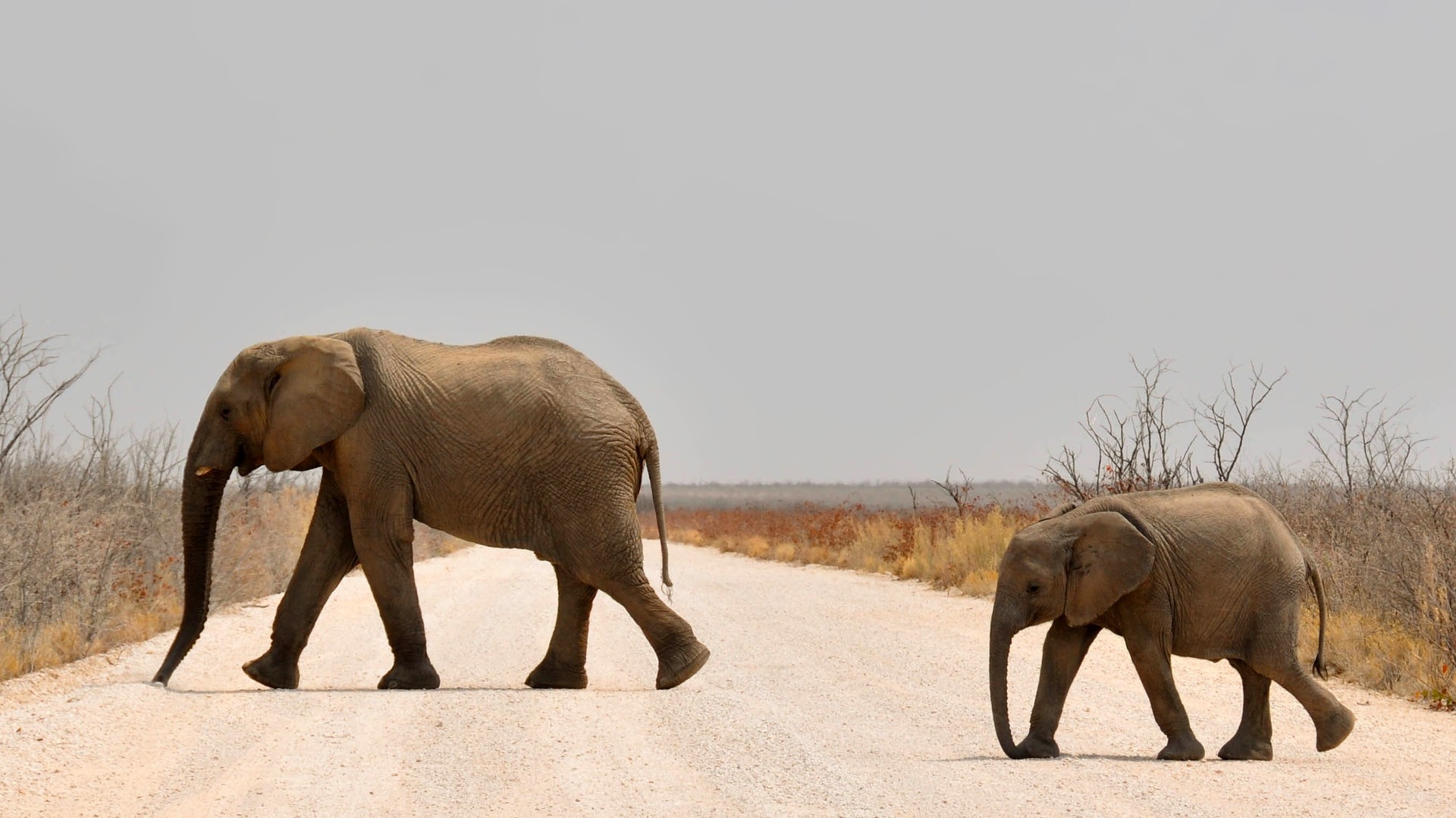- The four-day United Nations/Kenya Conference brought more than 250 stakeholders to Nairobi, Kenya to review potential applications of space-based technologies to wildlife management and biodiversity protection.
- The conference was guided by Sustainable Development Goal 15: Life on Land.
- Participating bodies hope this conference will engage cross-sector collaboration in order to holistically approach wildlife management and biodiversity protection.
This week, the United Nations Office for Outer Space Affairs (UNOOSA), in partnership with the United Nations Environment Programme (UNEP), Kenya Wildlife Service (KWS) and Kenya Ministry of Environment and Natural Resources (MENR), hosted the United Nations/Kenya Conference on Space Technology and Applications for Wildlife Management and Protecting Biodiversity.
Guided by Sustainable Development Goal 15 (Life on Land – to protect, restore and promote sustainable use of terrestrial ecosystems, sustainably manage forest, combat desertification, halt and reverse land degradation, and halt biodiversity loss), the conference is focusing on the use of space-based technologies and their applications for the management and protection of biodiversity.
This four-day conference brought together more than 250 stakeholders involved with biodiversity and wildlife management to Nairobi, Kenya to review ways that space-based technologies could support wildlife management and biodiversity protection.
“Pressures resulting from climate change, ecosystems loss and wildlife crime are threatening biodiversity and wildlife around the Globe. In response to this a wide range of applications, initiatives and projects have been developed that are using space-based technologies, such as Earth Observation satellites and their geospatial data, satellite-communications and global navigation satellite systems, to monitor, assess and manage biodiversity and ecosystems in support of sustainable environmental development.” (UNOOSA)
Space technology tools, such as satellite imagery, Geographic Positioning Systems (GPS), and mobile phone applications, are already being deployed on the ground in African countries to protect biodiversity, especially in the cases of elephant and rhino poaching. But as the loss of natural environments associated with human population growth and climate change increasingly threatens the remaining populations of many species, space technology will become increasingly relevant to monitoring remaining habitat, including movement corridors. As explained by Cabinet Secretary of the Ministry of Environment and Natural Resources, Professor Judi Wakhungu, EGH, “The main threats to [Kenyan] wildlife habitats include increased demand for land for crop farming, increase of settlements and urban centres, uncontrolled bush fires, harvesting of timber for construction and charcoal burning.”

This conference highlights the importance of cross-sector engagement and capacity building for successful, long-term wildlife management and biodiversity protection. And as Kenya’s Cabinet Secretary for Defence, Amb Raychelle Omamo, SC, EGH expresses, “This conference thus offers a unique opportunity for partnerships and collaborations for government, academia, industry actors and other agencies to build synergies in applications utilizing space technology for sustainable development.”
For the conservation community, a conference with stakeholders of this magnitude could open doors for future funding opportunities and assist in the development and advancement of technologies for wildlife and biodiversity management and protection.
According to UNOOSA, the results of this conference will be incorporated into UNOOSA’s UNISPACE+50, a special segment of the Committee on the Peaceful Uses of Outer Space in 2018 to mark the 50th anniversary of the first United Nations Conference on the Exploration and Peaceful Uses of Outer Space.
To stay up to date with the latest WildTech articles and news, follow us on Facebook and Twitter.
